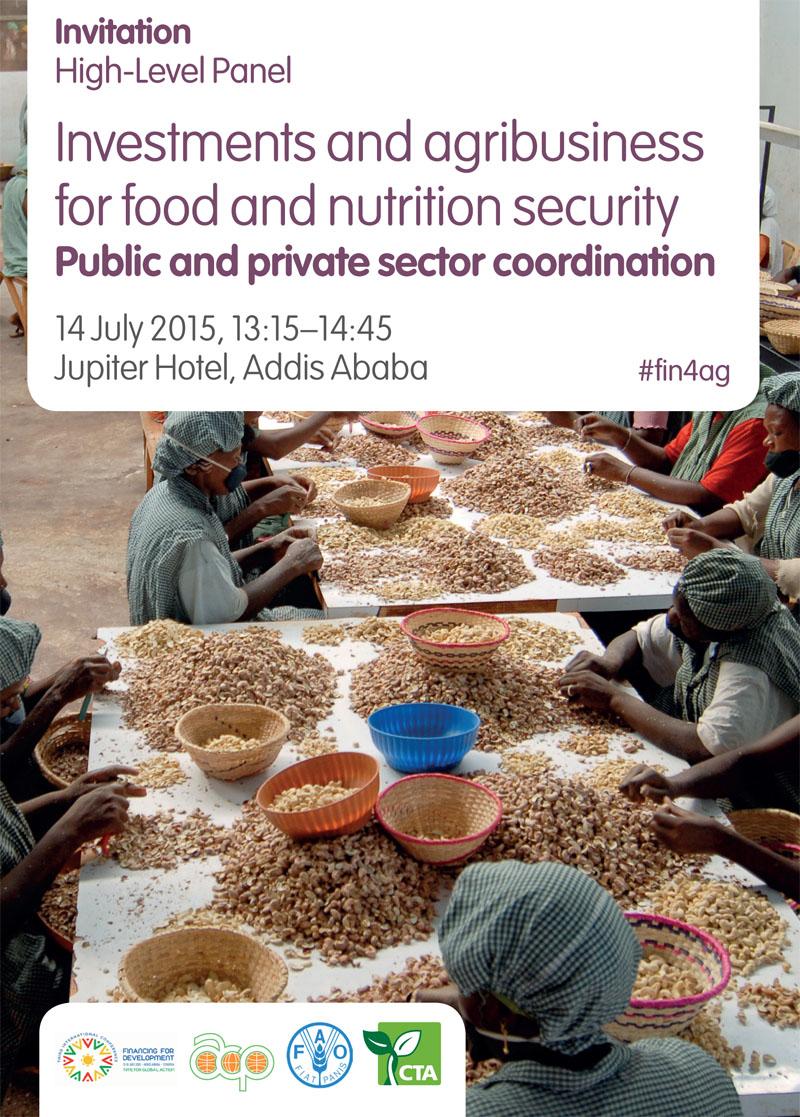15 July 2015. Addis Ababa. SciDev 17/07/2015. Speakers told the UN’s third Financing for Development conference in Ethiopia that universities should align their agricultural science efforts and collaborate with each other to compete internationally.
The African Union’s Agenda 2063, a 50-year development plan for the continent, says widening the use of modern agricultural technology would help secure a steady food supply and improve farmers’ contribution to economic growth. But a lack of know-how, infrastructure and equipment make this goal difficult to achieve, said Donald Kaberuka, a former president of the African Development Bank. He warned that sustained national investment, in particular in transport and communication infrastructure, is needed to make sure that new agricultural scientists can implement the technologies they develop. - See more at: http://www.scidev.net/global/agriculture/news/african-universities-advised-team-up-agriculture.html#sthash.ks8dHc1H.dpuf“We import a ridiculous amount of food, and still many suffer from malnutrition. The harmonisation of agricultural science is the first step in streamlining university courses so they attract more young people to science and technology, this would encourage young people to study agriculture and then to introduce better farming technologies” Nkosazana Dlamini Zuma, the chair of the African Union Commission.






